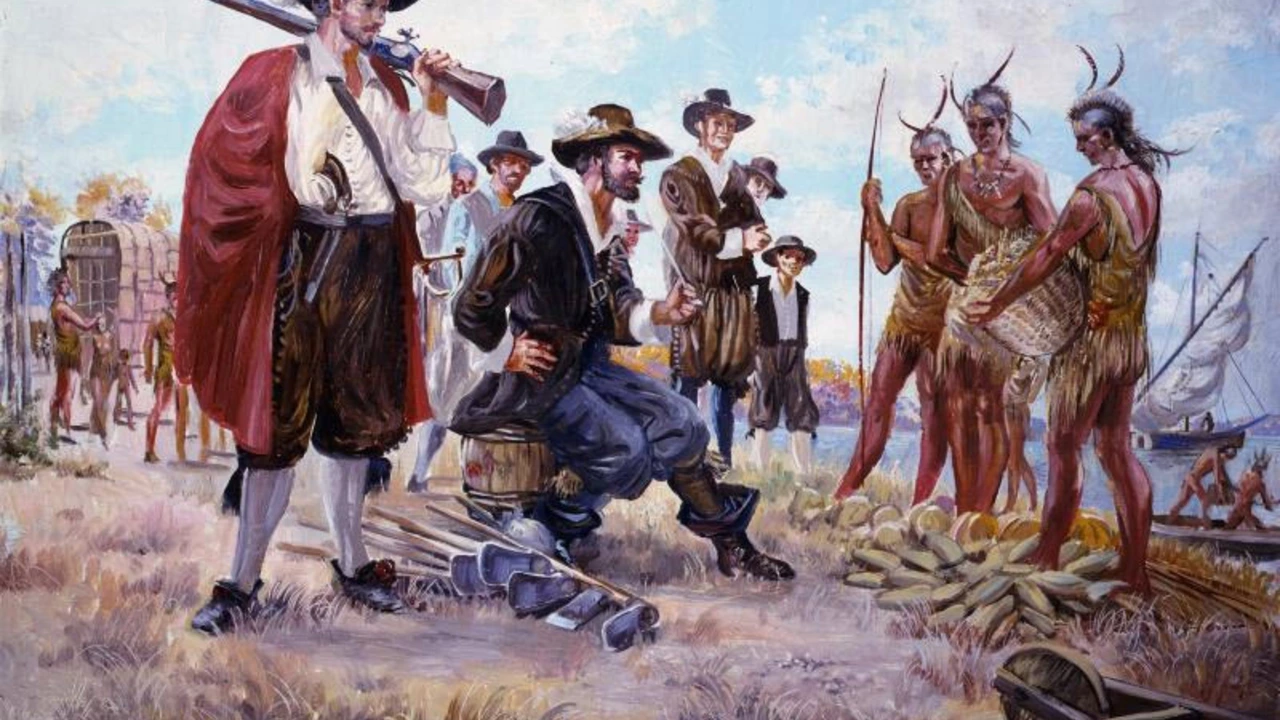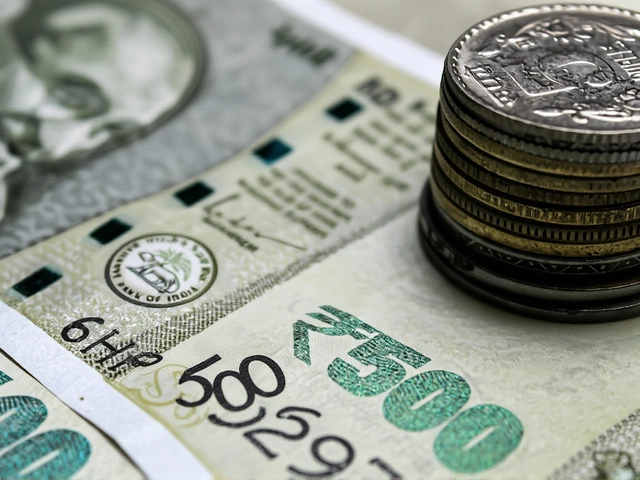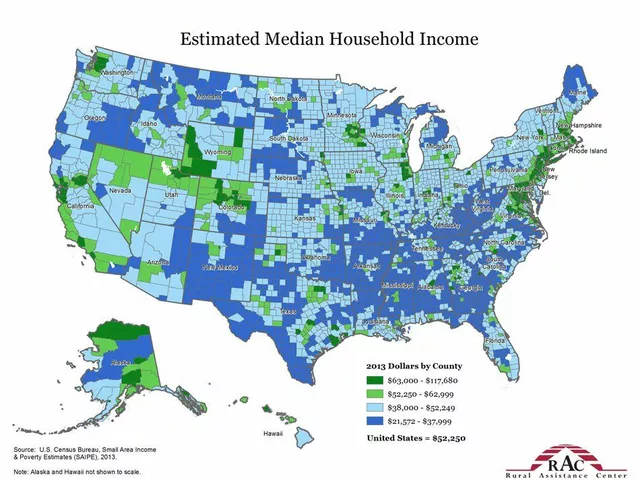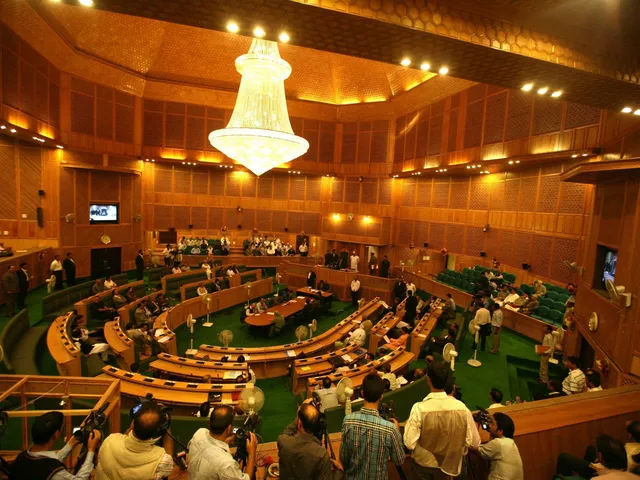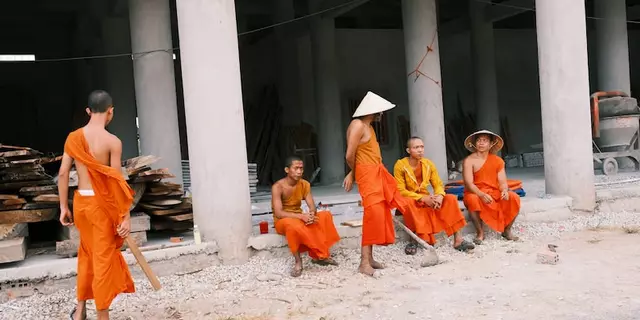Spanish Colonization: What Happened and Why It Still Matters
When you hear "Spanish colonization" you probably picture conquistadors on horseback, massive gold shipments, and old stone forts. That picture is right, but there’s a lot more to the story. From the late 1400s to the early 1800s Spain sent explorers, soldiers, and missionaries across the Atlantic, and they changed the continent forever. Let’s break down the biggest moments and see how they still show up in everyday life.
The Main Waves of Spanish Expansion
The first big push started in 1492 when Columbus landed in the Caribbean. He never meant to set up a permanent empire, but his voyages opened the door. Within a decade Spain claimed Cuba, Hispaniola, and Puerto Rico. The real game‑changer came in 1519 when Hernán Cortés marched into the Aztec heartland. In a mix of alliances, disease, and warfare, the Aztec capital fell in 1521. Soon after, Francisco Pizarro did the same to the Inca in Peru.
After the big conquests, Spain set up a network of colonies that stretched from modern‑day Mexico down through Central America, into South America, and even up into the southwestern United States. Each region got a mix of forts, missions, and cities like Mexico City, Lima, and Bogotá that still serve as major capitals today.
Lasting Impacts on Language, Food, and Law
One obvious legacy is language. Over 400 million people speak Spanish as their first language, and you can hear it from the streets of Buenos Buenos to the markets of Manila. That linguistic spread was a direct result of schools and churches teaching in Spanish for centuries.
Food is another big gift (or surprise) from the Spanish era. Things like tomatoes, chilies, chocolate, and corn—now staples worldwide—were exchanged between the New World and Europe in what historians call the Columbian Exchange. Today, a taco or a paella can trace its roots back to that centuries‑old trade.
Legal systems also feel the Spanish hand. Many Latin American countries use a civil‑law code that was adapted from Spanish law. Property rights, marriage rules, and even many city layouts follow the grid pattern the Spanish introduced.
And let’s not forget religion. Catholicism became the dominant faith across the colonies, shaping festivals, holidays, and community life. Even if you don’t attend church, you’ll see the influence in holidays like Día de los Muertos or the widespread celebration of Christmas.
All these threads—language, food, law, religion—are woven into the everyday fabric of life in the former Spanish colonies. They’re the reason you can order a churro in Chile, read a legal contract in Spanish, and hear a church bell in a tiny rural town.
Understanding Spanish colonization isn’t just about dates and battles; it’s about seeing why the world looks the way it does today. Whether you’re traveling, studying history, or just curious about why a certain dish tastes the way it does, remembering the Spanish era gives you a clearer picture of modern culture.
